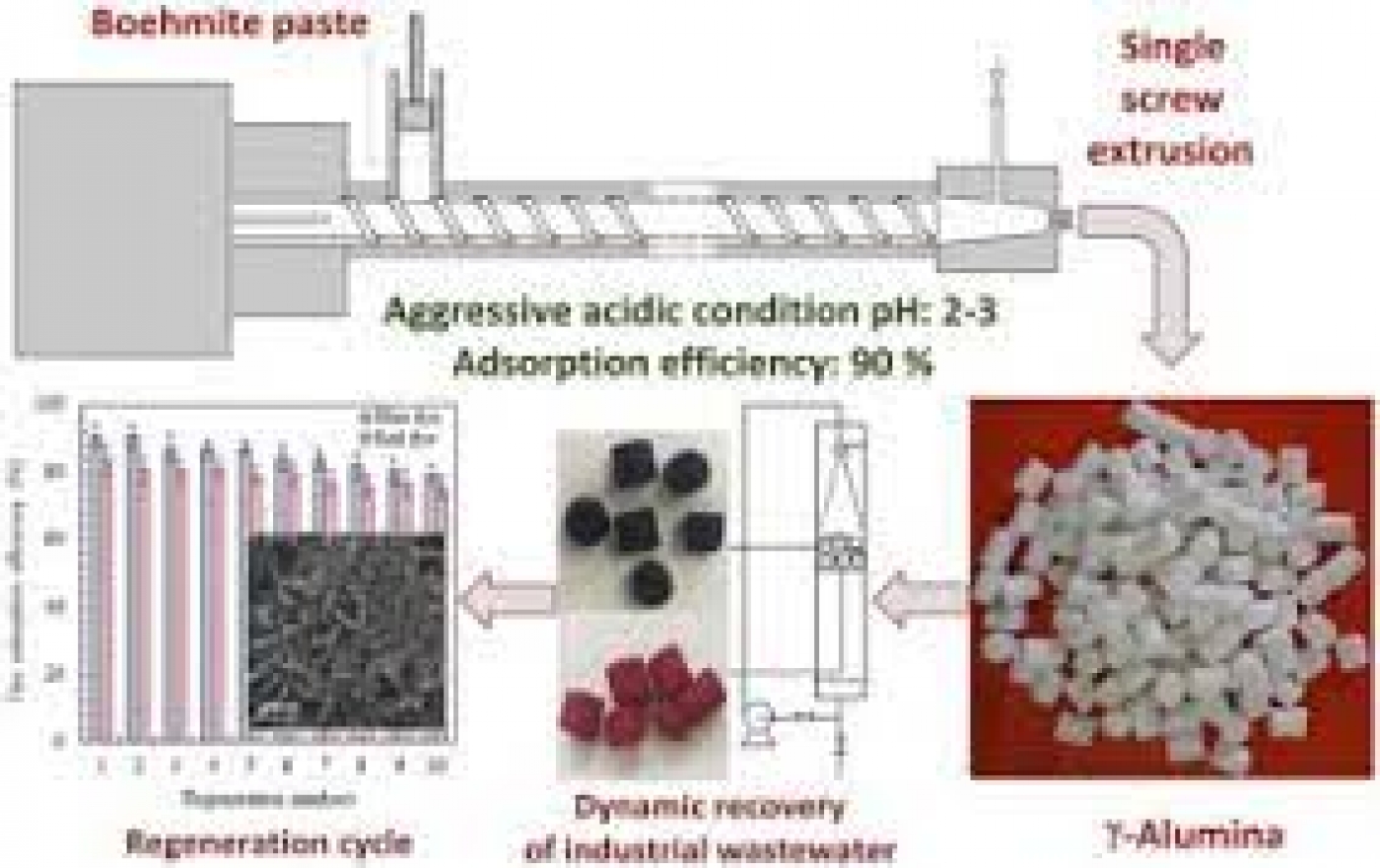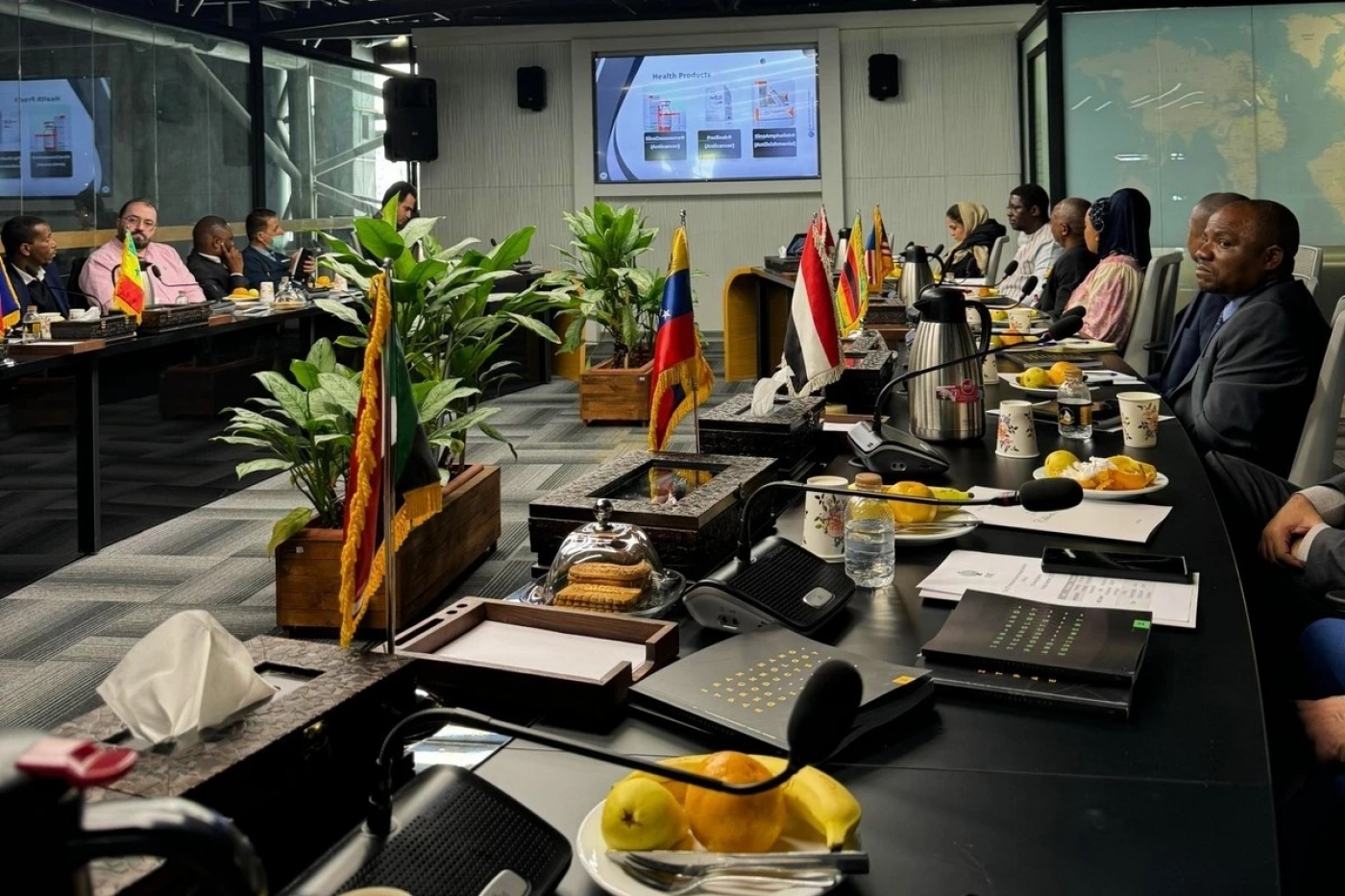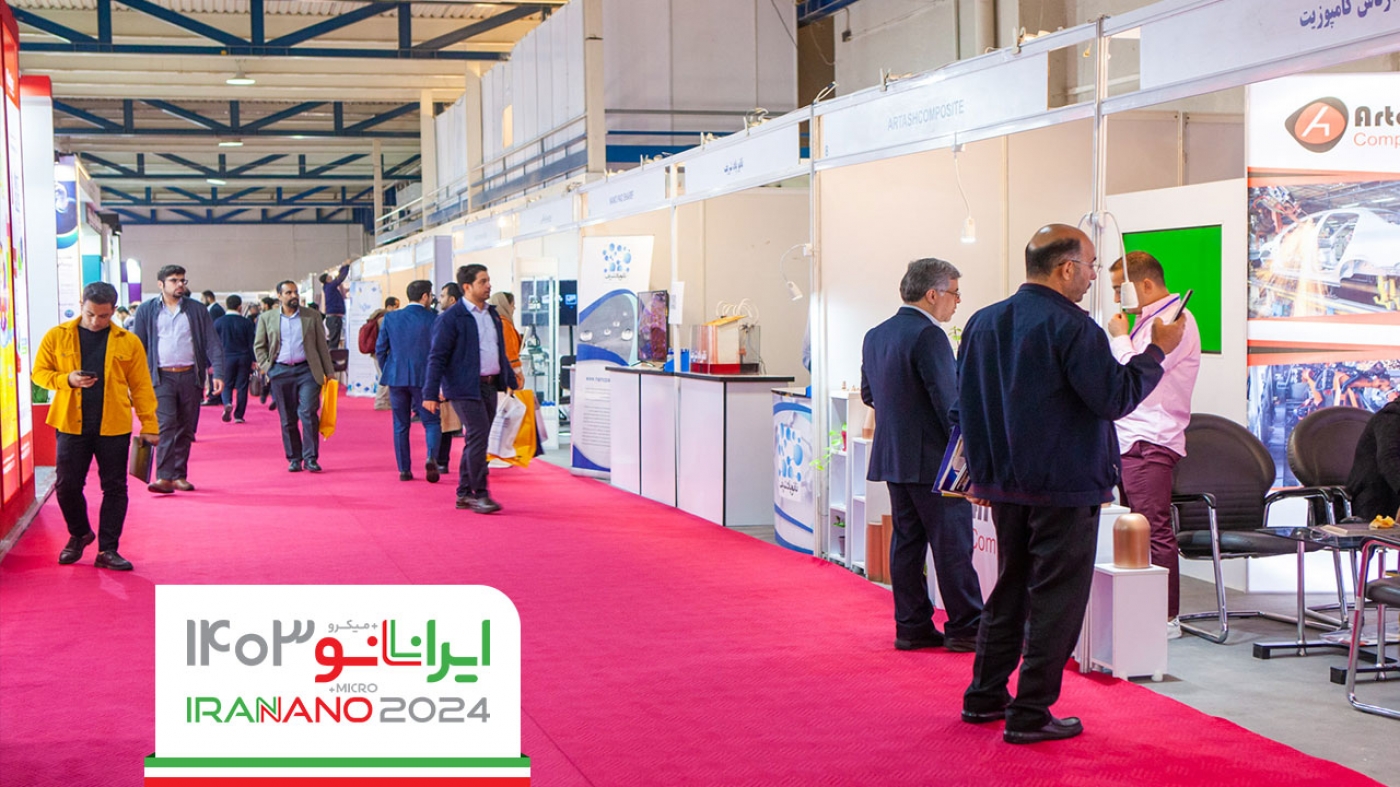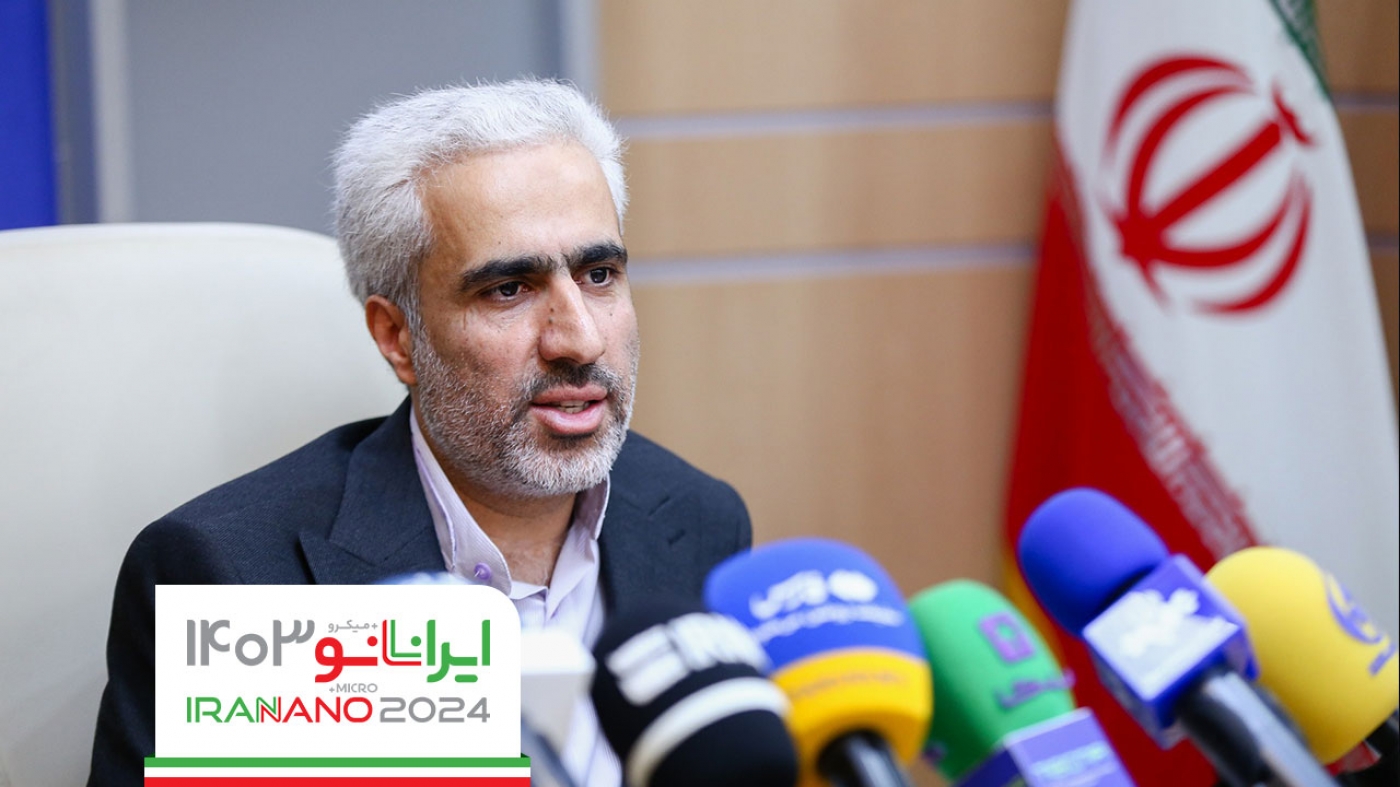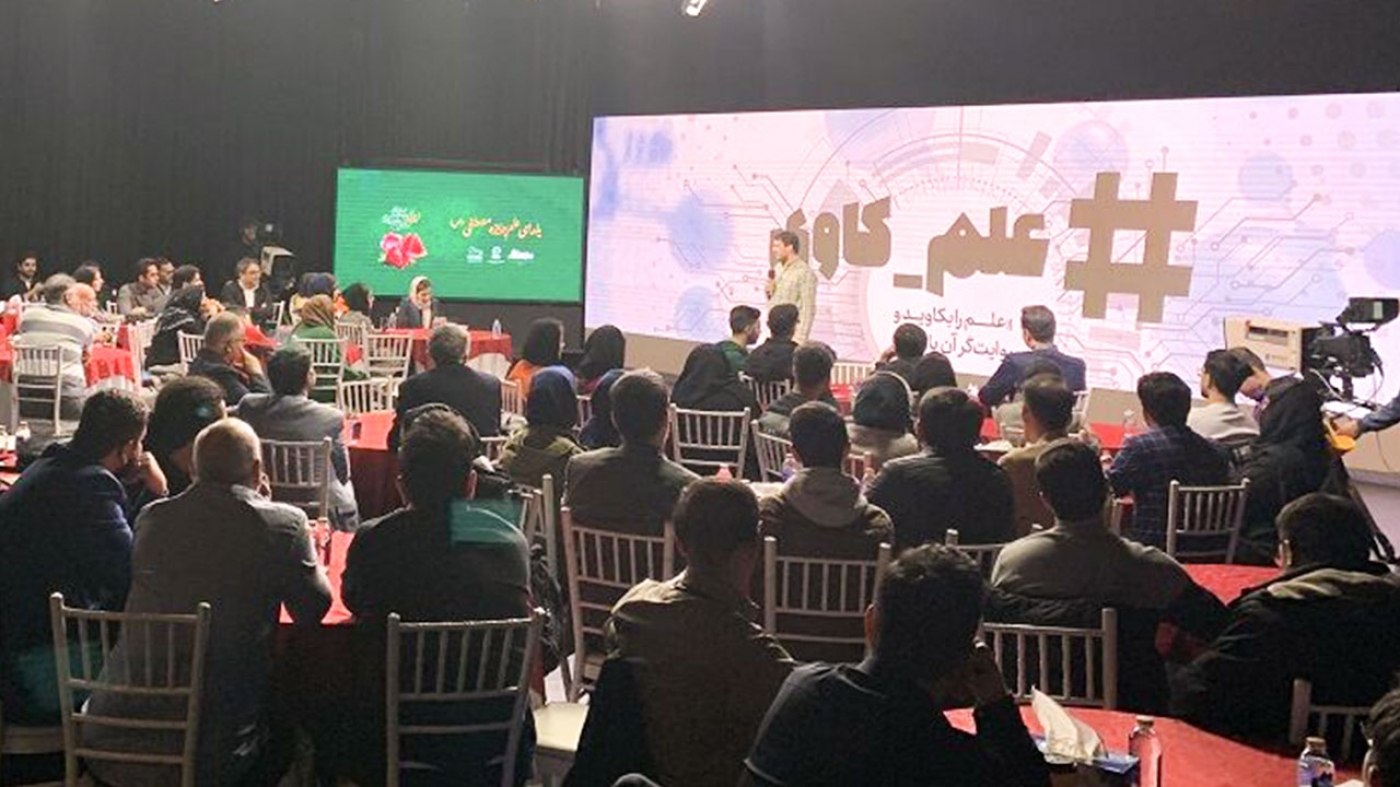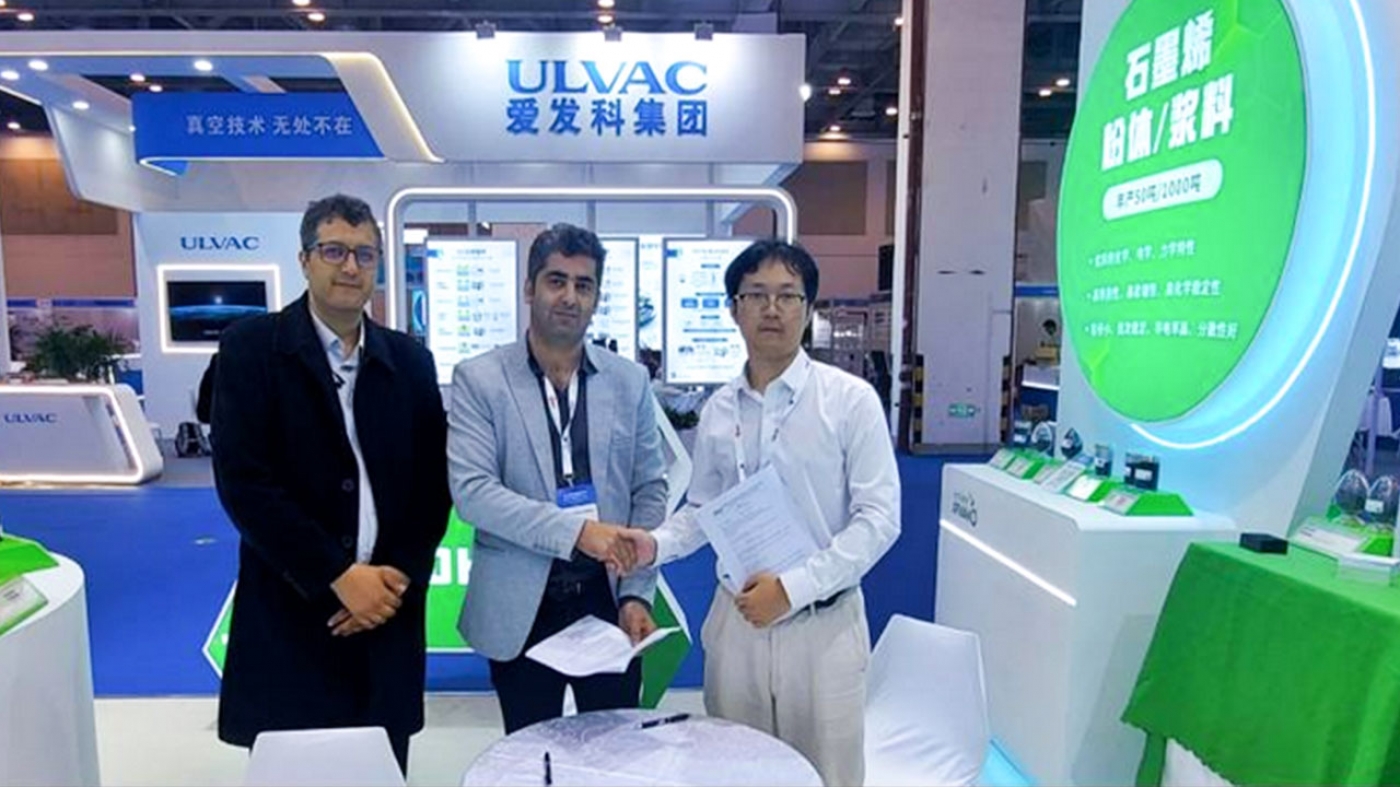Ceramic compounds like alumina-based materials are preferred in the aggressive environments due to low thermal expansion, excellent strength, hardness, high thermal shock resistance, and chemical inertness in the process temperature. Owing to these individual properties, alumina compounds are applied for various purposes such as fabrication of refractory, and abrasive materials, reinforcement of ceramic compounds, catalysis support, and wastewater treatment. Alumina is occurred in several polymorphic forms as χ, κ, γ, δ, θ, η, and α-Al2O3. They are produced from gibbsite, Al(OH)3, and boehmite, AlOOH. In spite of α-Al2O3 which is stable form of alumina, the other polymorphic phases are metastable. Thus, heat treatment control is needed for proper structure. In this process, aluminum resource is transformed into the metastable structures before reaching the thermodynamically stable phase. Monoclinic structure is very important alumina phase due to existence of acidic sites, leading to extended catalytic application in the chemical, petrochemical, and treatment industries. The transformation from monoclinic phase to stable hexagonal structure is accompanied by a reduction in number of active sites which takes place in the temperature above 1000 °C.
“The presence of various minerals in the country allows the production of advanced materials, including alumina compounds, cements with high mechanical strength, and industrial zeolites” Dr. Salem, faculty member of Sahand University of Technology said, “Sahand University of Technology in Tabriz province is an important research center for researches conducted in the field of nepheline syenite.” Researches in this field are conducted continuously for the past 20 years in this university. The recycling of wastewater contaminated with heavy metals has been considered by faculty members of this university.
This research was carried by Amirhossein Razm, M.Sc. student of the Faculty of Chemical Engineering of Sahand University of Technology, and Dr. Salem, a faculty member of Sahand University of Technology. Outcomes of this research, which were obtained as a result of mutual collaboration between Urmia University of Technology and Sahand University of Technology, were published in a paper entitled “Industrial performance, reusability and mechanical reliability of mesoporous gamma alumina packed bed fabricated through boehmite extrusion for removal of reactive dyes from textile wastewaters” in the journal of “Hazardous Materials”.
